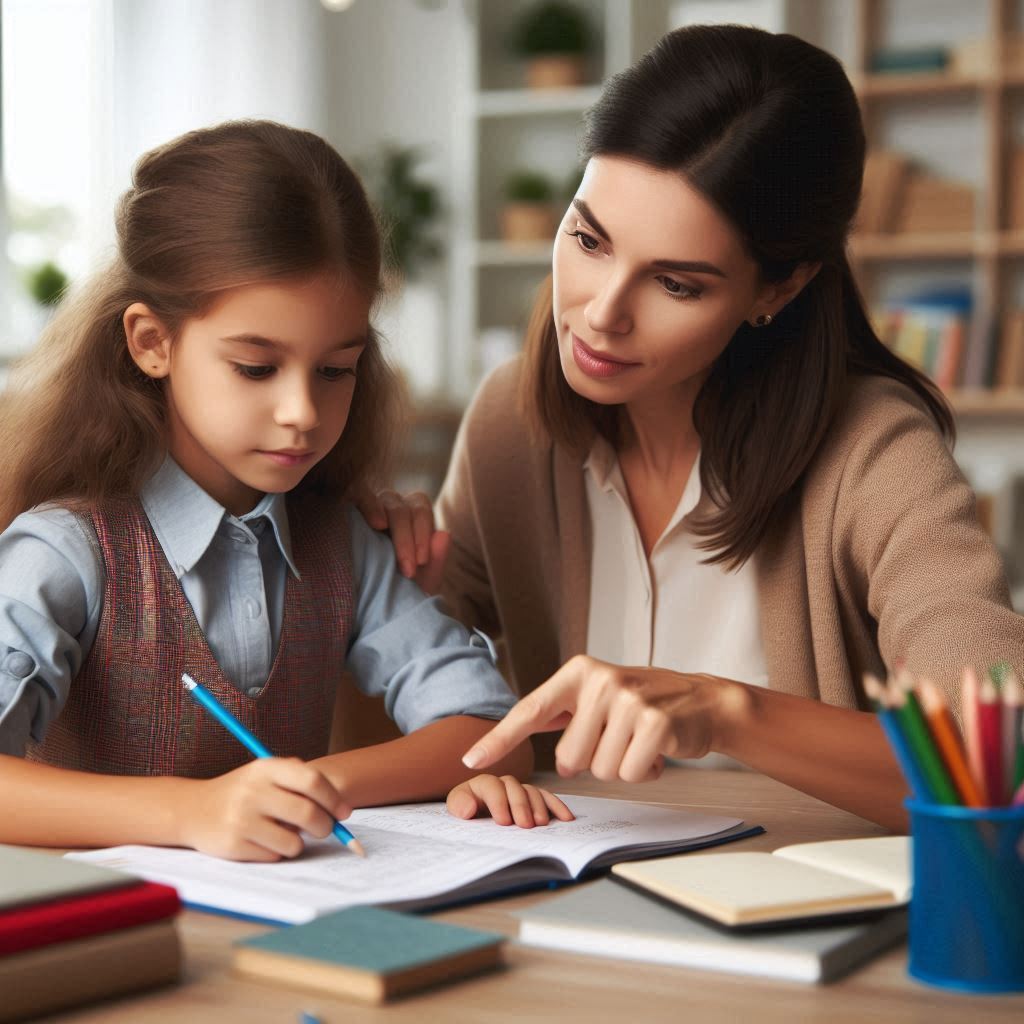Establishing strong relationships with students is essential for their academic and social growth. When educators connect with students on a personal level, it creates a positive classroom environment and enhances learning outcomes. This article explores six effective strategies for building meaningful relationships with students.
Key Takeaways:
- One-on-One Time: Personal interactions improve behavior and classroom engagement.
- Personalized Comments: Noticing and commenting on students’ interests fosters connections.
- Interest in Hobbies: Engaging with students’ activities strengthens bonds and acknowledges their individuality.
- Storytelling: Sharing personal experiences makes learning relatable and motivates students.
- Humor: Creating a positive atmosphere enhances student engagement and unity.
Spend One-on-One Time with Students

Individual interactions are invaluable for fostering strong relationships, especially with students facing behavioral challenges. Spending one-on-one time allows teachers to create a safe space for students to express themselves, leading to better behavior and increased classroom participation. These interactions enable teachers to provide tailored support, address specific issues, and implement targeted interventions, thus contributing to a positive classroom environment and a sense of belonging.
Benefits:
- Improved behavior
- Increased engagement
- Enhanced communication
- Greater trust and respect
Strategies:
- Create a conversational atmosphere
- Show genuine interest in students’ thoughts
- Listen actively
- Provide constructive feedback
- Address specific challenges
Look for Something to Comment On

Building relationships involves engaging in positive interactions. Commenting on aspects like a student’s interests or clothing can initiate conversations and build connections. Genuine interest and open-ended questions help show that you value students as individuals, which fosters trust and respect.
Examples of Positive Interaction:
- Compliment students on achievements
- Ask open-ended questions about their interests
- Find common hobbies
- Remember personal details
Develop an Interest in Their Interests

Teachers who show genuine curiosity about students’ hobbies and activities build stronger relationships. This interest demonstrates care and helps create a positive classroom atmosphere. Understanding students’ backgrounds and interests fosters inclusivity and can enhance student engagement and motivation.
Benefits:
- Stronger relationships
- Positive and inclusive culture
- Increased motivation
Examples:
- Discuss students’ favorite sports or hobbies
- Encourage sharing of cultural traditions
- Design projects around students’ interests
Storytelling

Storytelling is a powerful way to build connections. Sharing personal anecdotes can make learning more relatable and inspire students. It humanizes the educator and helps students overcome challenges by providing real-life context.
Benefits:
- Creates connection
- Makes learning relatable
- Inspires perseverance
- Fosters empathy
Have a Sense of Humor

Incorporating humor into teaching can create a joyful and engaging classroom atmosphere. Humor eases tension, enhances student engagement, and promotes unity. It also helps manage classroom dynamics and fosters a positive learning environment.
Benefits:
- Enhances engagement
- Builds rapport
- Creates a positive atmosphere
- Reduces stress
Ways to Incorporate Humor:
- Tell jokes or funny stories
- Use humorous props
- Encourage students to share funny anecdotes
- Create opportunities for humor in group activities
Attend Student Events

Showing support for students’ extracurricular activities strengthens relationships and builds rapport. Attending events like sports games or performances allows teachers to engage with students’ passions and achievements outside the classroom.
Benefits:
- Builds mutual respect
- Creates opportunities for connection
- Deepens relationships
Ways to Attend:
- Support sports games
- Attend student competitions
- Participate in performances
Morning Meetings
Morning meetings are an excellent way to build classroom cohesion and prioritize student well-being. These gatherings allow students and teachers to connect daily, fostering a sense of community and providing a space to address concerns.
Benefits:
- Promotes a positive culture
- Strengthens relationships
- Encourages social and emotional growth
Building Inclusive Relationships: Name Tents and Name Pronunciation

Using name tents and correctly pronouncing names fosters inclusivity and shows respect. Name tents provide a visual reminder of each student’s individuality, while correct pronunciation acknowledges their identity.
Benefits:
- Enhances sense of belonging
- Respects individuality
- Fosters inclusivity
Conclusion
Building relationships with students is key to enhancing engagement, academic success, and classroom harmony. By investing time in one-on-one interactions, showing genuine interest, sharing stories, using humor, attending events, and creating an inclusive environment, teachers can forge strong, supportive connections with their students, paving the way for a positive and effective learning experience.




